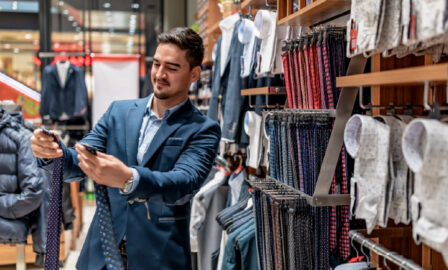A Review of Today’s Corporate Social Reporting: Packaging and Life Cycle Assessment
This is the final blog in the three post series of observations I’ve shared with companies after analyzing their Corporate Social Responsibility (CSR) reports. Through shopper marketing analysis and online channels, companies have an opportunity to evaluate the sustainability and usability of their current product packaging. Lifecycle assessments are one way to evaluate the sustainability and consumer approval of packaging, in addition to all other steps along a product’s lifecycle. This post is centered on two main tenets:
- Innovation in Sustainable Packaging
- Life Cycle Assessment
Innovation in Sustainable Packaging
The landscape of retail is changing as more and more consumers turn to online shopping where they once relied on traditional in store shopping. This opens up opportunities for CPG manufacturers to redefine packaging strategies, allowing for a convergence between sustainable materials, consumer convenience, and overall cost reduction. Shipping products directly to consumers who shop online uproots the entire supply chain, which implies an opportunity for different packaging. Whereas in-store packages need to stand out and be practical on a retail store shelf, online packages can take a whole new approach to appropriately move from manufacturing directly to the consumer’s home. In fact, evidence shows that providing an option for consumers to “select” sustainable packaging while ordering online will simplify packaging, reduce costs, and improve consumer sentiment towards their purchase. In their Corporate Responsibility Report, the Kellogg Company included a great story on a sustainable packaging project they undertook in South Africa. After realizing that many shoppers discarded the outer cereal box after purchase in order to carry the inner package home more easily, they developed a stand-up printed cereal bag which uses 80% less material than the bag-in-box style packages. Questions to consider:
- What packing changes can you make to react to the new retail revolution, keeping sustainability, convenience, and the bottom line at the forefront of design?
- What new packaging initiatives are aligned with new consumer and retailer realities?
To what extent are you working with packaging suppliers and consumers to innovate packaging?
Life Cycle Assessment
A Life Cycle Assessment identifies potential economic, environmental, or social risks and opportunities at each stage of the product lifecycle and creates ways to reduce risks and act upon opportunities. Mature reports now depict the end-to-end description of their value chain and its impacts to business. Life Cycle Assessments prove their value to companies and their stakeholders as a method to pinpoint and quantify those impacts. Assessing each step in your value chain can aid in benchmarking performance, collaboration with partners, and identifying alternatives for current processes improvements. Questions to consider:
- What processes do you have in place that provide a holistic evaluation of your products’ life cycle impact?
To those companies who are investing in CRRs and openly seeking feedback, I thank you. I value the opportunity to provide open feedback. We at Clarkston Consulting focus on partnering with businesses in the consumer products industry to realize their competitive advantages and create value. Amongst other key areas, we support the efforts of CPG companies in their measurement and transparent reporting of corporate responsibility initiatives. Clarkston recognizes and admires the efforts of companies to proactively address corporate responsibility across all meanings of the words.



